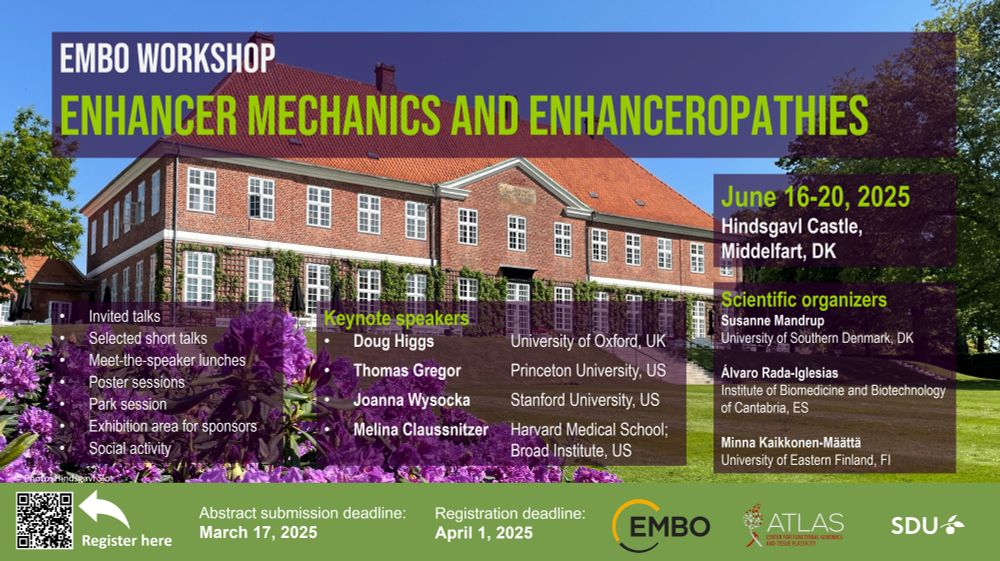Mushrooming and Birding.
We now offer a 4-years PhD contract to investigate whether the dirsuption of this regulatory mechanism can lead to congenital defects. More details 👇

We now offer a 4-years PhD contract to investigate whether the dirsuption of this regulatory mechanism can lead to congenital defects. More details 👇
Ofrecemos un contrato predoctoral de 4 años asociado a nuestro proyecto PID2024-157249OB-I00. El objetivo del proyecto es evaluar un nuevo mecanismo patológico según el cual la competición entre promotores puede llegar a ocasionar enfermedades congénitas
👇

Ofrecemos un contrato predoctoral de 4 años asociado a nuestro proyecto PID2024-157249OB-I00. El objetivo del proyecto es evaluar un nuevo mecanismo patológico según el cual la competición entre promotores puede llegar a ocasionar enfermedades congénitas
👇





Upon inspection of our MLL2 ChIP-seq data, we were surprised to find out that, in addition to many CpG-rich promoters, MLL2 was also bound to a large number of distal CpG-poor regions, where it also controlled H3K4me3 levels

Upon inspection of our MLL2 ChIP-seq data, we were surprised to find out that, in addition to many CpG-rich promoters, MLL2 was also bound to a large number of distal CpG-poor regions, where it also controlled H3K4me3 levels







meetings.embo.org/event/25-enh...

meetings.embo.org/event/25-enh...




